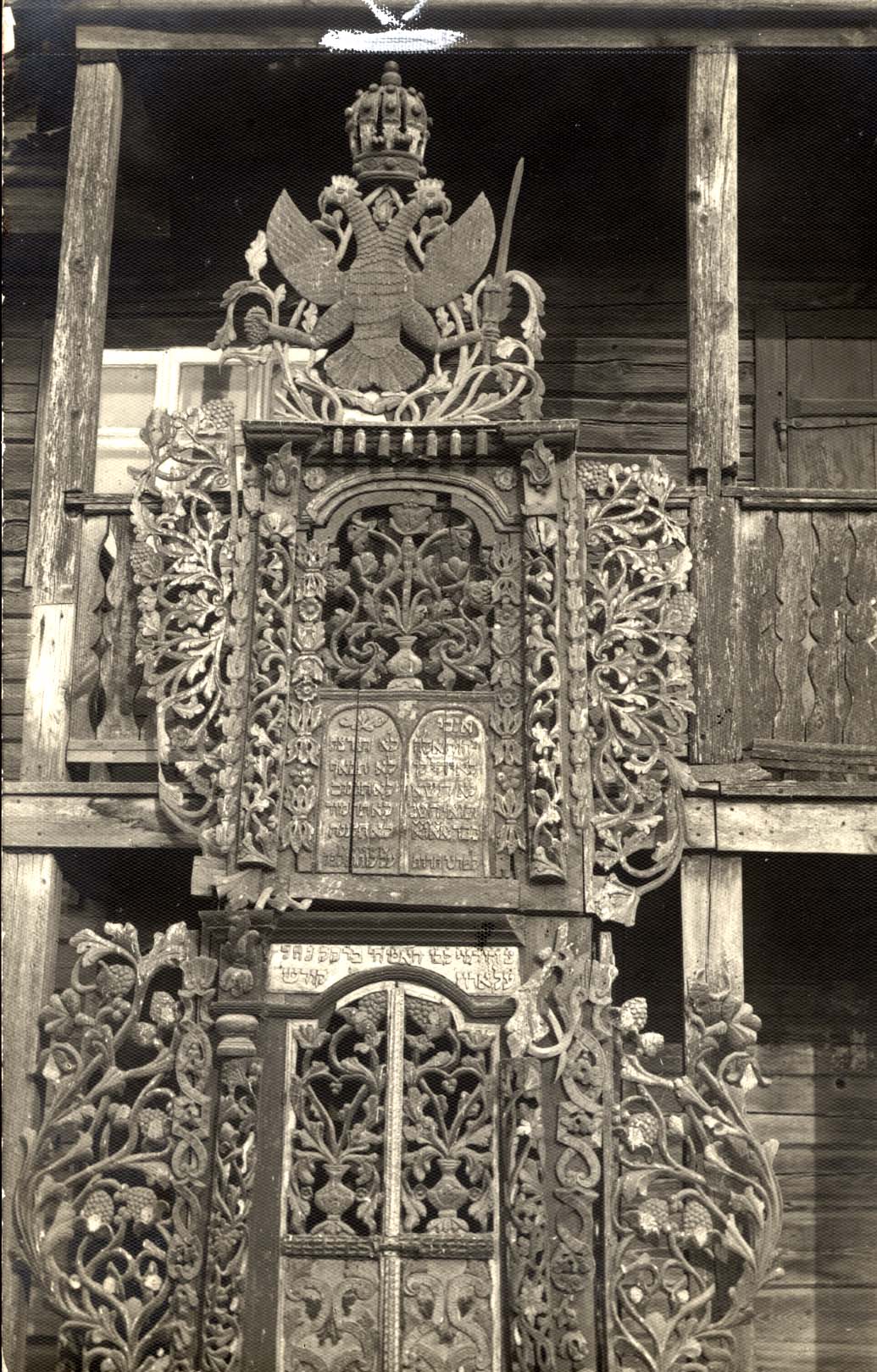

Veisiejai

Between the two World Wars, during the period of independent Lithuania, the majority of the young Jewish people in Veisiejai belonged to Zionist movements, and a Hebrew elementary school affiliated with the Tarbut network and a Yiddish-Hebrew library were founded.
In the summer of 1940, with Lithuania’s annexation to the Soviet Union, private businesses and factories, most of them owned by Jews, were nationalized. The Hebrew school was shut down and Jewish political activities were prohibited.
On June 22, 1941 the German army occupied Veisiejai. Lithuanian hooligans locked up the Jewish men in the local beit midrash, allowing them out every day only to work at humiliating forced labor.
On September 15, 1941 all the Jews – men, women and children – were taken from Veisiejai to the barracks on the Katkiškės estate, about 1.5 kilometers from the town, where a ghetto had been set up. Jews from Lazdijai, Kapčiamiestis, Rudamina, and surrounding villages were incarcerated in the ghetto.
They were imprisoned there until November 3, 1941. On that day all of the ghetto’s inmates, including the Jews of Veisiejai, were shot.
The Red Army liberated Veisiejai in the summer of 1944.

